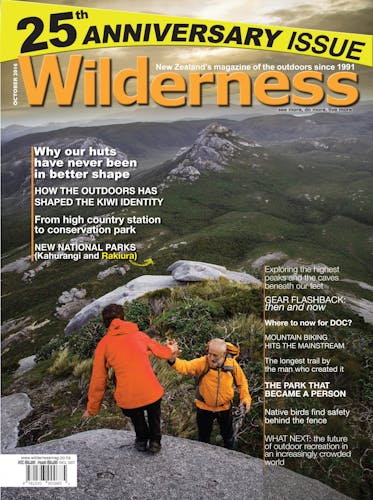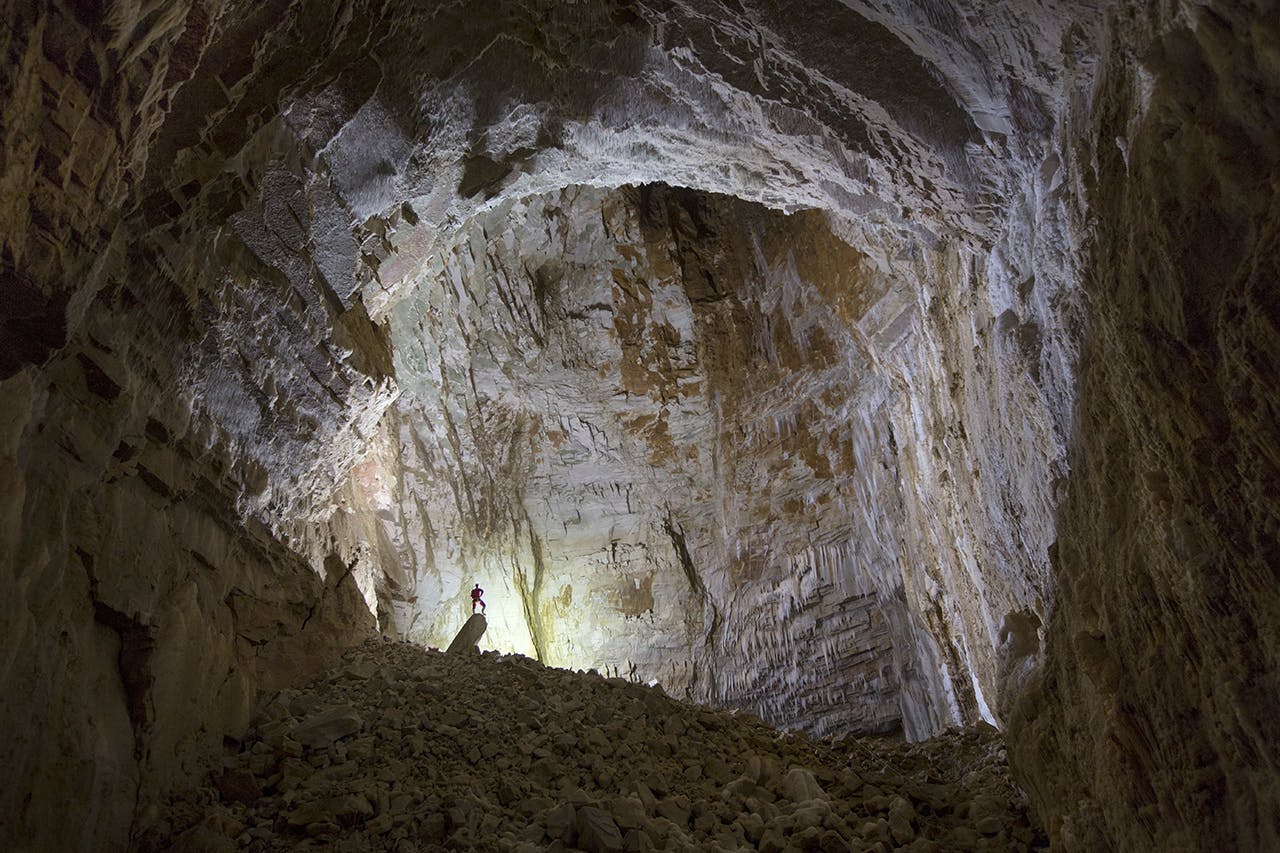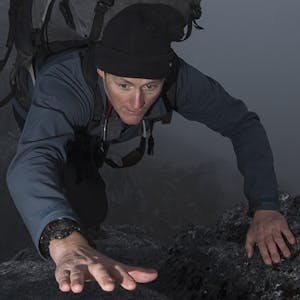Explorers continue to find new ground in our deepest, darkest places.
In New Zealand we have two worlds: the surface, and a complex network of underground caves.
Over the last 25 years, cavers have been exploring this network at an unprecedented rate. We have seen the boundaries of the country’s most significant cave systems stretched and had a glimpse of the true potential of what’s still left to discover.
Perhaps the most significant discovery was Stormy Pot on Mt Arthur, which is the top entrance to the Nettlebed System. The entrance allows cavers to tramp up Mt Arthur, descend the cave and traverse under the mountain range before emerging at the Pearse Resurgence – dropping 1200m in elevation. The journey takes two to three days and ranks alongside the greatest cave through-trips in the world.
New Zealand’s longest cave, Bulmer Cavern, has also been pushed during this time, with the cave length growing from 30km to 74km. Tentacles from the vast Bulmer network now stretch from the south end of the Mt Owen Massif in Kahurangi National Park to north of the summit of Mt Owen. A recent dye trace hydraulically linked a stream in the cave with Blue Creek Spring on the northern side of the mountain. This suggests that cavers, rather than being at the end of the journey in the system, have actually just scratched the surface.
Cave divers have also pushed known boundaries. In the Pearse Resurgence – a major spring below Mt Arthur – divers have been edging their way deeper each year on one of the world’s most dangerous cave diving projects. Earlier this year, divers reached the -229m mark on the deepest cave dive ever completed in New Zealand.
The exploration of these systems is not without risk and during this time we have seen the first two major rescues. Both required rescuers working for days to get victims safely to the surface. Both had successful outcomes.
Another major change that needs mention is the huge shift forward in technology. We’ve switched from dim carbide lights, with a throw of just a few metres, to LEDs, which are bright enough to illuminate the darkest cave corners. Basic surveying instruments like tape measure and compass are out, replaced by lasers which can map caves in 3D, allowing us to see a cave like never before.
It seems likely that this technology will continue to allow us to explore with greater safety and efficiency, and the next 25 years will see many more discoveries.
The Nettlebed system could get to 1500m deep; it’s only a matter of time until the longest cave reaches 100km in length.







